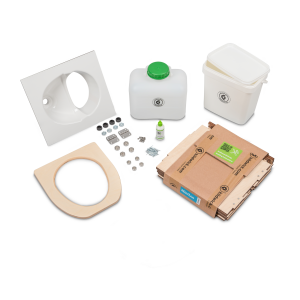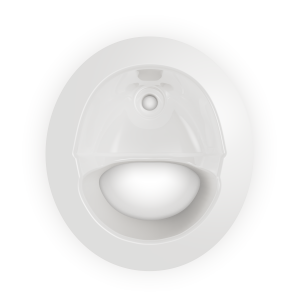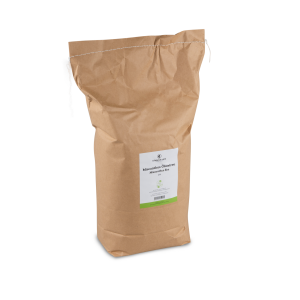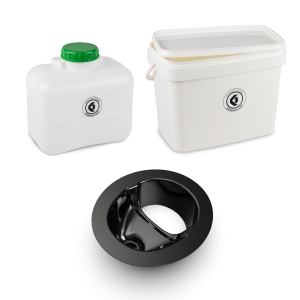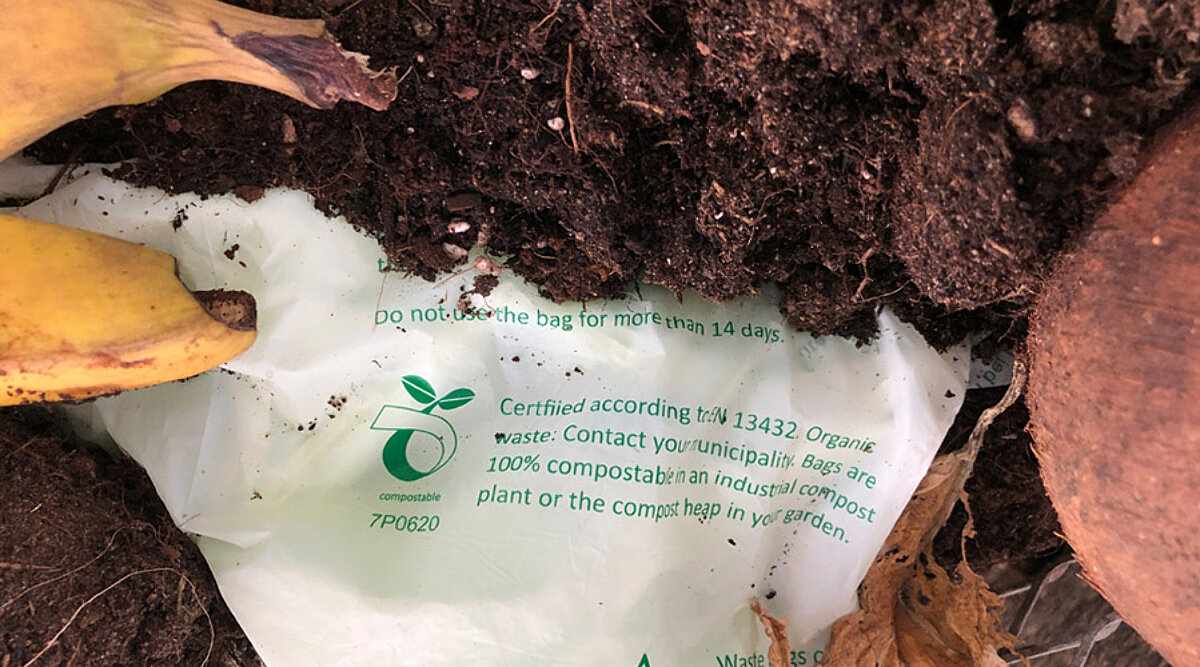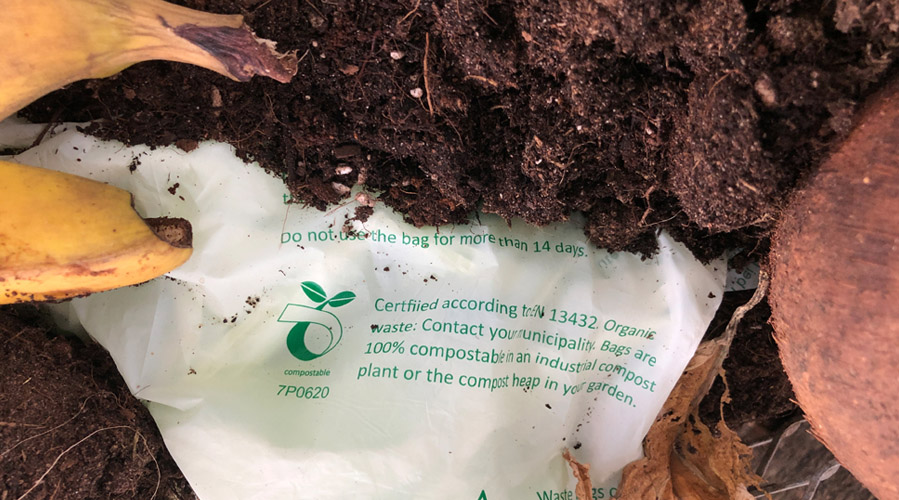
The importance of biodegradable garbage bags
You want to treat our environment well and use biodegradable garbage bags according to the EU standard DIN EN 13432 for the solids container? Or do you use these bags for storing your biowaste?
We'll tell you what the EU standard actually means, where the differences are (despite the DIN standard title) and how to find out if you're using the right trash bags.
Let's start with what the EU standard covers or what requirements the labeled products must meet:
- With products which are labeled with the standard, no more than 10% residual material (based on the original mass) may remain (according to European Bioplastics Association) after 3 months of composting in an industrial composting plant and subsequent screening with 2 mm perforations.
- The limit values for heavy metal contamination must be observed and all ingredients must be disclosed.
- At least 90% of the organic material must have converted to carbon dioxide within 6 months (in an aqueous medium).
- The products may not have negative effects on the composting process. An agronomic test verifies the impact on plant growth and an ecotoxicity test is also carried out.
So far so good. Ultimately, this means that biodegradable plastics decompose when composted by microorganisms in biomass, carbon dioxide and water. Incidentally, this process also produces methane. How quickly such a garbage bag decomposes during normal composting in the garden depends on various factors, such as temperature, pH, moisture, oxygen contact, etc.
Unfortunately, the EU standard does not clearly indicate whether fossil fuel raw materials (i.e. petroleum) or renewable resources (starch and cellulose-containing plants such as corn or miscanthus) are used for the production of the degradable plastic. Often, a mixture of fossil fuel and renewable resources is used during the production. In addition, it is usually not clear whether the renewable raw materials are genetically modified plants.
You can inquire directly with the manufacturer (datasheet) about what your previously used garbage bags were actually made of.
Many of the available organic bags may not even be disposed of in household waste. Only if the products are labelled with the EN 13432, is it allowed to actually dispose of them. Often, a seedling symbol is printed on the bags for better recognition.
Unfortunately, it is also confusing that the EN standard is not valid throughout Europe. Until now, the compostability seal only applies in Germany, Switzerland, the Netherlands, Great Britain and Poland. Austria has its own compostability seal. In Australia, the AS4736 standard is fully compostable, but with minor deviations from the EU standard. In the US, these products are labeled with ASTM D6400.
We have done a lot of research on this topic to be well informed about what really matters. The result: an optimally compostable and biodegradable bag for our Kildwick solids container.
